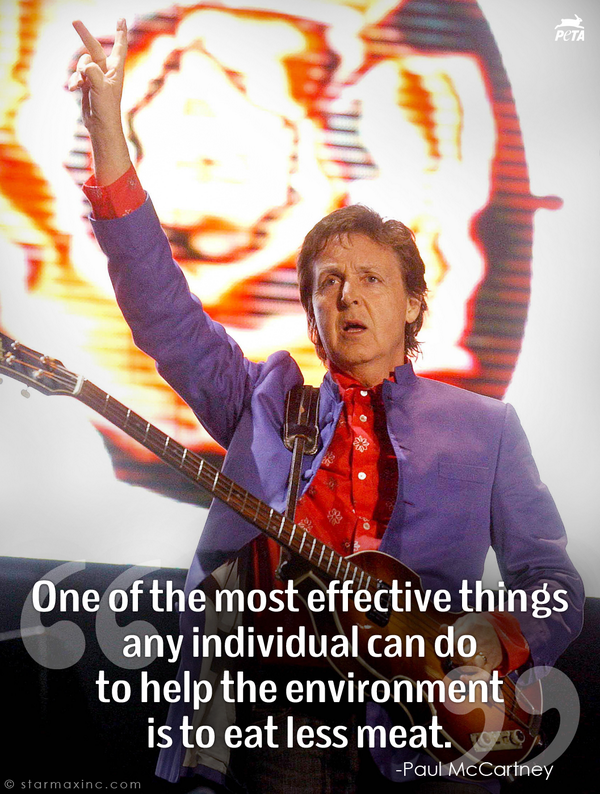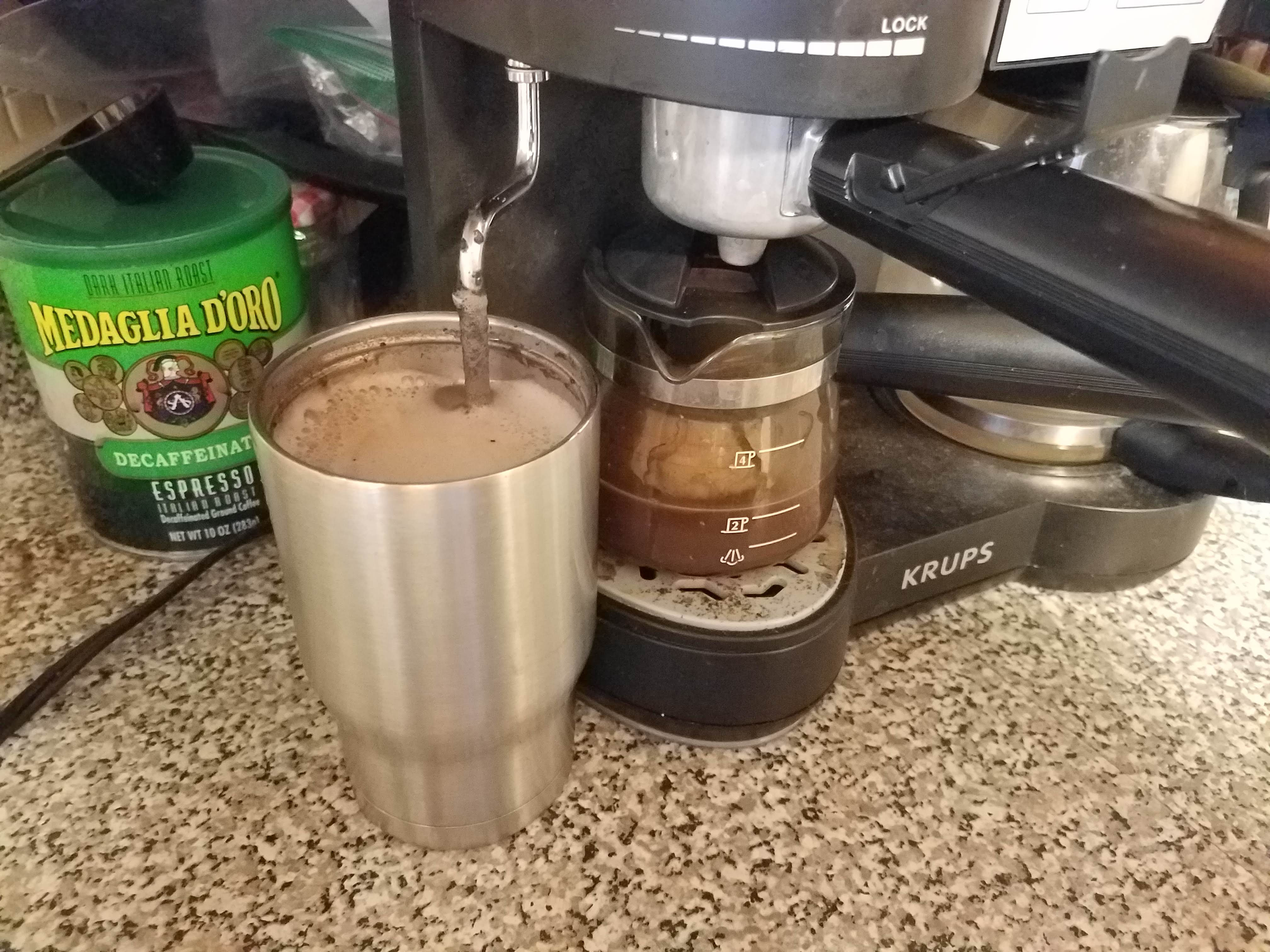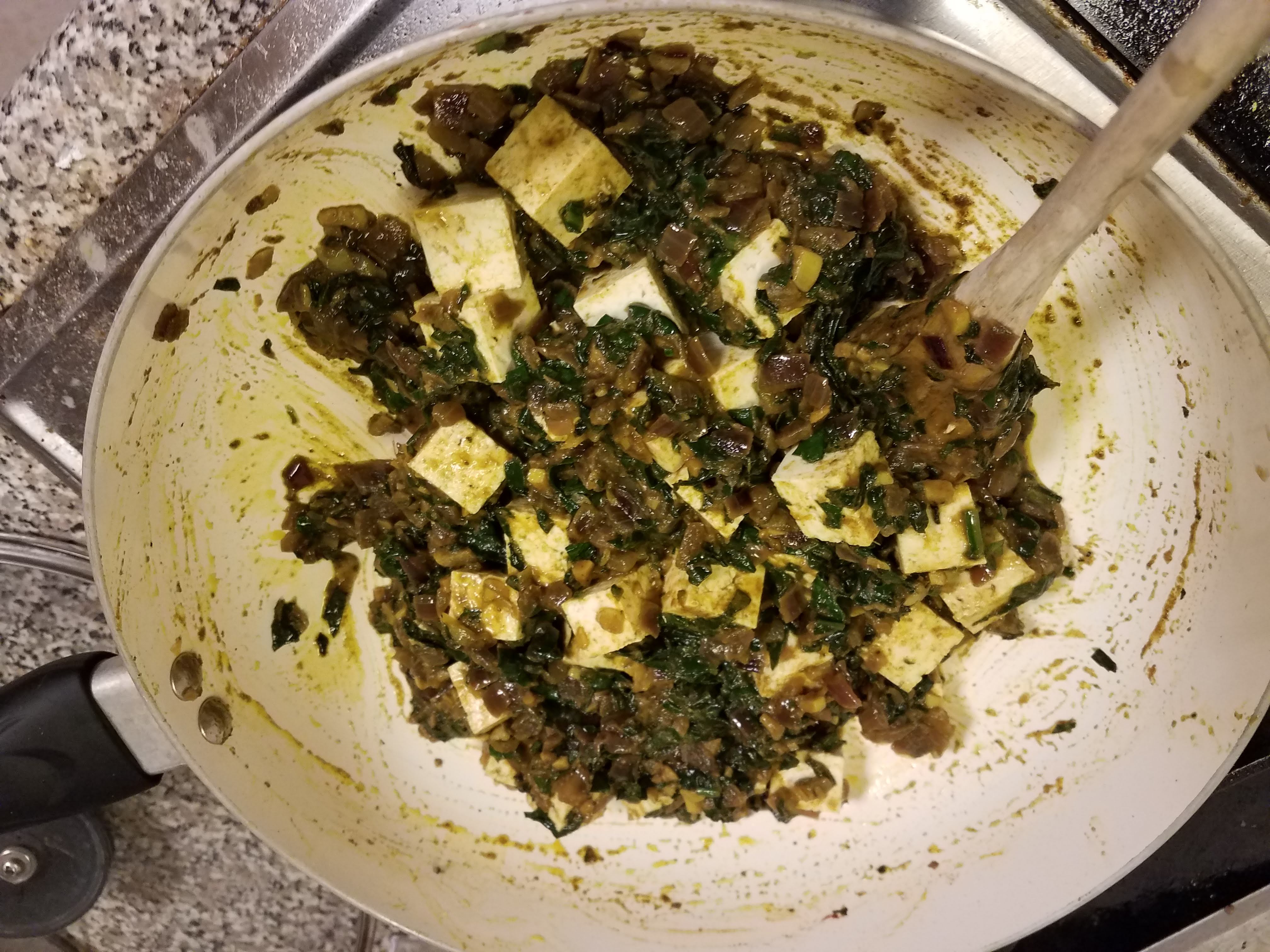Part 5 – Selecting Food
This whole series came about as a response to the question of whether joining a Community Supported Agriculture program can lower your carbon footprint. In general, it appears that CSAs can help out in that area, not so much because they’re local but because they encourage you to eat more in-season produce and (generally) less meat. Over this series we’ve examined several factors related to food’s carbon footprint and learned that the biggest factors appear to be related to the type of food and when it’s consumed, not the fact that it’s local.
What to worry about
Eating Less Meat
Cut out (or cut back) your consumption of these high-footprint foods in this order: beef (59.6 kilograms CO2-equivalent emitted per kilogram food product), lamb/mutton (24.5kg), cheese (21.2kg), dark chocolate (18.7kg), coffee (16.5kg), and farmed shrimp (11.8kg).
Everything else studied (including palm oil, pork, poultry, farmed fish, eggs, rice, tofu, and milk) is below 10 kg CO2e per kg food product.
Apples, citrus, onions, potatoes, and nuts are all at the bottom, boasting 0.3 kg CO2e per kg of food product or lower.[1]
Eating Seasonal Foods
Eat with the seasons: that appears to be better than eating locally, as local farmers can force products (veggies, meat, and dairy) out of season at greater energy cost. It is often more environmentally friendly to import in-season foods from elsewhere in the world than to grow them locally out-of-season. Eating meat and dairy in conjunction with seasonal trends is better from a carbon standpoint, but also encourages humane treatment of farm animals.[2]

Image credit: [3]
What not to worry about (as much)
Buying Local
Transportation footprint is a small piece of total carbon footprint of foods. It usually means less of an energy impact to import food from a part of the globe where it is in season than to try to grow it in a greenhouse out-of-season or freeze it until you’re ready to use it. The majority of our food (59%) travels by boat, which is also the lowest impact option for transport.[4]
Organic Farming
With respect to the farm’s use of “conventional” (synthetic fertilizers, pesticides, and herbicides) vs. “organic” (no synthetic) farming products, each method has benefits and drawbacks if we’re only looking at a carbon footprint calculation. Synthetic fertilizers require more energy to produce, but organic processes require more land and more crops to achieve the same yield.[5]
(I will note that research into regenerative farming practices indicates that healthy soil actively sequesters carbon from the air,[6] but that deserves a post of its own.)
To CSA or not to CSA?
Unsurprisingly, the answer of whether or not to join a CSA comes down to what makes sense for the person making the decision. Every CSA is different, and every household’s behaviors, needs, and economics are different. Nevertheless, here are some things to ask yourself before you subscribe: [7]
- How much do you normally spend on produce each month/week?
While buying produce in-season is cheaper because supply outpaces demand (and becomes more expensive out-of-season when demand outpaces supply), larger commercial farms can streamline their operations and sell the same items for cheaper. Buying from a small, local operation can be more expensive per item. - Can you afford to prepay?
Some CSAs have payment plans, but some require an upfront sum. Even if the subscription turns out to be cheaper overall compared to grocery shopping during the same time period, forking over several hundred dollars all at once isn’t always an option. - How limited is your access to organic produce?
If you live in a food desert (defined as “an area that has limited access to affordable and nutritious food,” [8] having fresh produce delivered to your door (or near to your door) on a regular basis can be incredibly beneficial. If, on the other hand, you have a farmer’s market in walking distance, you can buy what you like and what you need without paying for the added sorting, logistics, and management of the CSA as well. - Seriously – will you eat what they give you?
What will happen to food you don’t like or don’t get to? Are you prepared to eat whatever they send you (or give it away, as I did with the beets to my in-laws?)[9] Are you prepared to research and learn new recipes when you get a celeriac for the first time? [10] If you’re not willing to use what you get, it probably isn’t worth the time… or the waste that it will create. - Is it too much food?
Similarly, even if it’s food that you like and will use, is it just too much to get through? I’ve really challenged myself this time to make and freeze soups just so I’m not throwing anything away. Even so, with bi-weekly deliveries of the smallest box available, I find it more challenging (and a source of low-key stress) to make sure I use everything, rather than just planning meals for the week and shopping accordingly.

I realized upon completion that between the milk, coffee, and chocolate, this is probably the worst drink a barista can make from a carbon footprint standpoint.
Broader Support
If you’re subscribing to a CSA just to lower your carbon footprint, you may be disappointed to see how small an effect it can have there, but it’s important to keep in mind that there are some broader economic and environmental benefits of buying local unrelated to GHGs — and these are two of the big ones: [11]
CSAs can be more expensive than the grocery chain alternative, but if you can afford it, that money goes back to supporting the local economy. The milk, eggs, and beef we added on to ours were definitely more expensive than what we were used to, but I was also able to learn more about the small, family-owned, vertically-integrated farms that were sending us the results of their hard work.
CSAs can have a wide variety in what they send you, even within a given food type. Lack of uniformity in produce, while something to be avoided at grocery chains, is an indication of biodiversity. Growing different varieties of heirloom crops prevents a dietary monoculture in our food, thereby increasing food security. (The Irish Potato Famine is a great example of the dangers of monoculture.[12])
If you choose to buy sustainably grown food in your area Local Harvest is a good resource guide.[13] If you want to learn more about where your food comes from and certain sustainability practices (fertilizer types, fuel reduction policies, composting, etc.) in place at different farms, knowing your farmers is a great way to start.
And I will close this series with one final recipe, one I’ve used every single time spinach has arrived in my CSA this year…

With apologies to all of the amazing Indian moms I know: Recipe
Palak paneer is my favorite Indian dish, but Indian has been off the table since since the beginning of the pandemic (we’re not eating out, and I’m avoiding plastic takeout containers). Given what I’ve learned over the course of this blog, the paneer is probably worse as far as GHGs than the plastic, so I’m sharing my vegan modification below.
I’ve been getting a lot of spinach in my CSA, and there’s only so much salad I can eat. Honestly, the spice blend is so amazing in this dish, it might work with any number of leafy vegetables, though I haven’t tried anything else myself.
This recipe is adapted heavily from Food Network, which gives a good overview of how to make or procure some of the less-common ingredients. [14]
Palak Tofu
Ingredients:
- 1 package firm tofu, drained and cut in 1-inch cubes
- 4 1/2 Tbs vegetable oil
- 1 medium white onion, finely chopped
- 4 cloves garlic, minced
- 1 Tbs grated ginger
- 1 large green serrano chile, finely chopped (remove the seeds if you don’t like it hot)
- 1 tsp turmeric
- 1/2 teaspoon cayenne
- Kosher salt
- 1/2 tsp garam masala
- 2 tsp ground coriander
- 1 tsp ground cumin
- 16 oz spinach, finely chopped
Whisk turmeric, cayenne, salt, and 3 Tbs oil together in a bowl and marinate tofu cubes while you prep the other ingredients. Fry the tofu in a nonstick skillet (preferably ceramic, not Teflon![15]), browning on at least one side for a few minutes. Remove tofu from skillet.
Add the rest of the oil to the skillet and heat the onion, garlic, ginger, and chile slowly, stirring for about 15 minutes and adding a few Tablespoons of water if it gets too dry. Add the garam masala, coriander, and cumin, again adding water as needed, and stir another 3-5 minutes.
Add spinach, a little salt, and about 1/2 c of water. Stir well and cook for about 5 minutes with the lid off. Stir in the tofu, cover, and cook for another 5 minutes. Serve with rice or naan.
~
Where do you land on the CSA debate? Did your opinion change over the course of this series?
I’d love to hear your thoughts below.
Thanks for reading (and happy cooking)!
[1] https://ourworldindata.org/uploads/2020/02/GHG-emissions-by-life-cycle-stage-OurWorldinData-upload.csv
[2] https://www.motherjones.com/environment/2013/11/seasonal-meat-beef-turkey-thanksgiving/
[3] https://twitter.com/meatfreemonday/status/513825556979539968
[4] https://ourworldindata.org/environmental-impacts-of-food
[5] https://www.cbc.ca/news/technology/local-organic-carbon-footprint-1.4389910
[6] https://rodaleinstitute.org/wp-content/uploads/rodale-white-paper.pdf
[7] https://dontwastethecrumbs.com/is-a-csa-worth-it/
[8] https://en.wikipedia.org/wiki/Food_desert
[9] https://radicalmoderate.online/when-life-hands-you-beets/
[10] https://en.wikipedia.org/wiki/Celeriac
[11] https://www.canr.msu.edu/uploads/234/62936/Guide.pdf
[12] https://evolution.berkeley.edu/evolibrary/article/agriculture_02
[14] https://www.foodnetwork.com/recipes/aarti-sequeira/saag-paneer1-1927603
[15] https://radicalmoderate.online/the-devil-we-know-and-dark-waters-teflon-in-the-media-part-1/
0 Comments